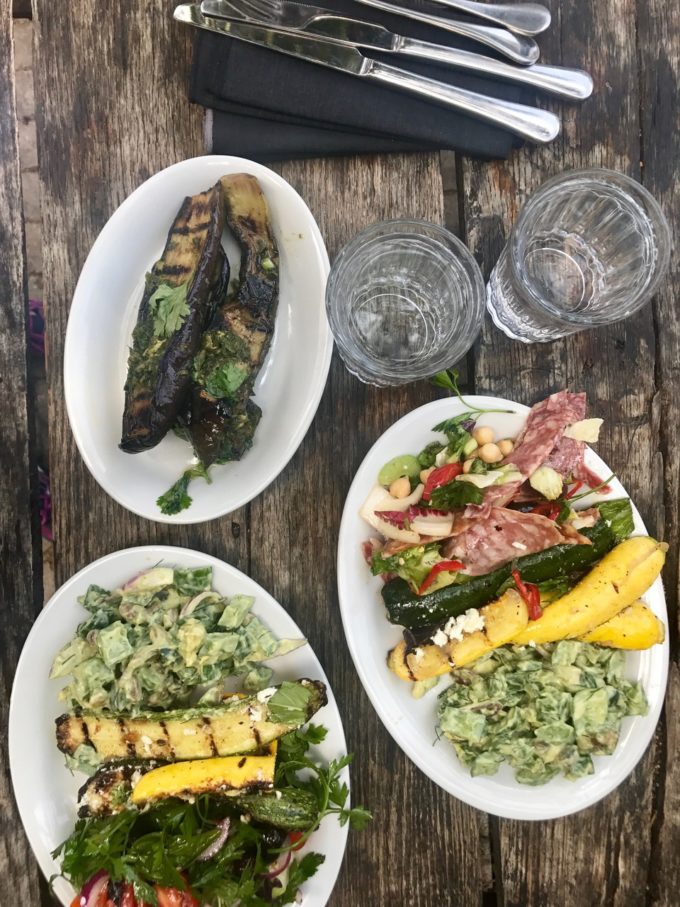
Every week we come up with unique menus for our entire client roster. With two art studios and over ten families, each of which enjoy anywhere from two to five meals prepared by us weekly, that’s a lot of unique dishes to dream up.
So, we’re constantly on the lookout for inspiration. I thought I’d share a few favorite places to find it:
- Travel
- Like the rest of the What We Eat gals, I plan entire vacations around food. I’ve traveled to Copenhagen for Noma, Napa for French Laundry and (multiple times) to LA for Gjusta and Gjelina. I’m just as excited by less formal places where I get to see how locals more routinely dine. Finally, I drag my husband to every farmer’s market I can find to taste and learn about new ingredients. I take copious notes on my iphone “Notes” app about all of it.
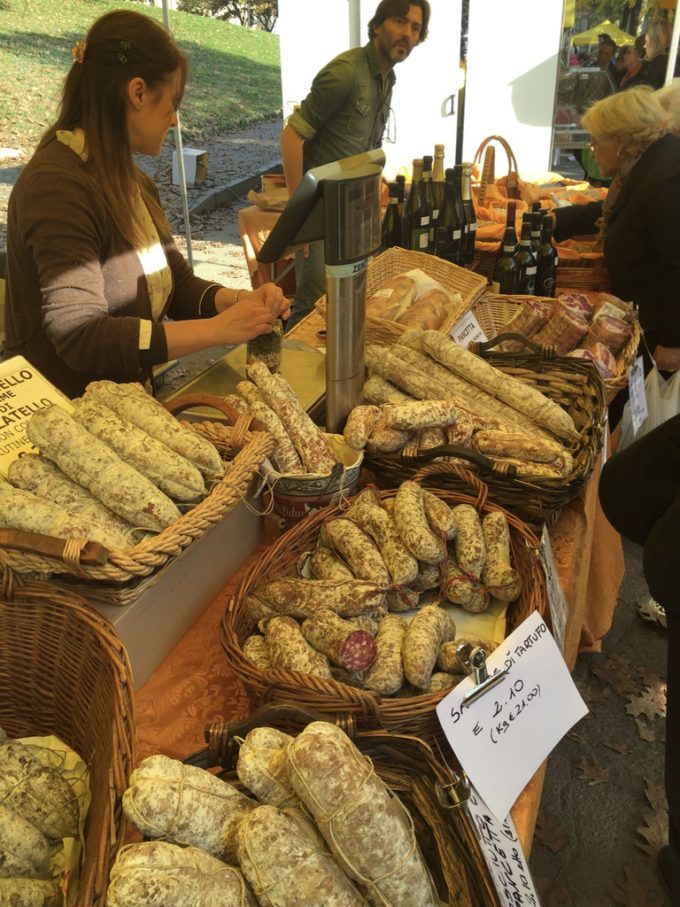

- Eating out
- Every opportunity to dine out is an opportunity for inspiration. I order as much as I and my dining partners can stomach, take notes on flavor combinations that excite me and take pictures for plating ideas. While I probably go a little overboard in this department, I suggest ordering something a little outside of your comfort zone. Try to discern the ingredients used and how they might have gone about making it. Obviously this is hard for something like pâté, but I’ve recreated many a restaurant salad, etc. with great success. And because you can tweak things to your preferences at home, you might just like your version even more. I’m also a big collector of restaurant menus. Even though they usually just have a few ingredients listed, if I take notes on them they’re like shorthand recipes.

- Cookbooks
- I’ve whittled my collection down to the essentials, but every time I visit a bookstore, I flip through the pages of whatever cookbooks are featured. When I do purchase a cookbook, I read it first cover-to-cover taking (iPhone) notes of exciting dish components along the way. I’ll earmark a few recipes to follow to the T and otherwise take away as much general inspiration as I can. In case you’re interested, these are my favorite cookbooks from the last few years:
- Plenty, Plenty More, and Jerusalem by Yotam Ottolenghi
- Sunday Supper at Lucques by Suzanne Goin
- Vegetable Literacy by Deborah Madison
- Dinner: Changing the Game by Melissa Clark (best for a novice cook)
- A Girl and Her Pig and A Girl and Her Greens by April Bloomfield
- The Kitchen Diaries and Tender by Nigel Slater
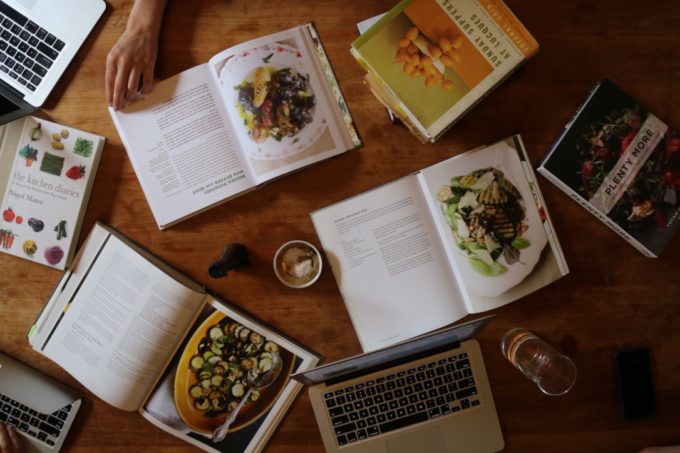
- Food Blogs
- A favorite morning routine is perusing my line-up of food blogs while eating breakfast. These are especially good for seasonally appropriate and “on-trend” recipes. If you’re not an experienced cook and aren’t sure of whether a particular food blog or online recipe should be trusted, this flowchart is great. Here are my go-to’s:
- Smitten Kitchen
- 101 Cookbooks
- Food52
- Cooking with the New York Times
- David Lebovitz (especially for desserts)
- Sprouted Kitchen
- A favorite morning routine is perusing my line-up of food blogs while eating breakfast. These are especially good for seasonally appropriate and “on-trend” recipes. If you’re not an experienced cook and aren’t sure of whether a particular food blog or online recipe should be trusted, this flowchart is great. Here are my go-to’s:
- Magazines
- I don’t use these as often as food blogs or cookbooks because I don’t feel the recipes have been as heavily vetted. I rely on the comments section of the former (if a reader has had any problems with the recipe, they’ll note it here), and I know the recipes from the latter has gone through multiple rounds of recipe testing if it was published by a respected publishing house. However, every once in awhile I’ll flip through Bon App, Saveur, Fine Cooking, or Food and Wine.
- I’ve whittled my collection down to the essentials, but every time I visit a bookstore, I flip through the pages of whatever cookbooks are featured. When I do purchase a cookbook, I read it first cover-to-cover taking (iPhone) notes of exciting dish components along the way. I’ll earmark a few recipes to follow to the T and otherwise take away as much general inspiration as I can. In case you’re interested, these are my favorite cookbooks from the last few years:
Next time you feel like you’re in a rut, eat out, peruse the internet, or hey, take a vacation! Keep a little notebook handy to jot down dishes, ingredients and recipes that excite you so you have a standing list to refer back to later on.
Happy cooking!
With love, Laura
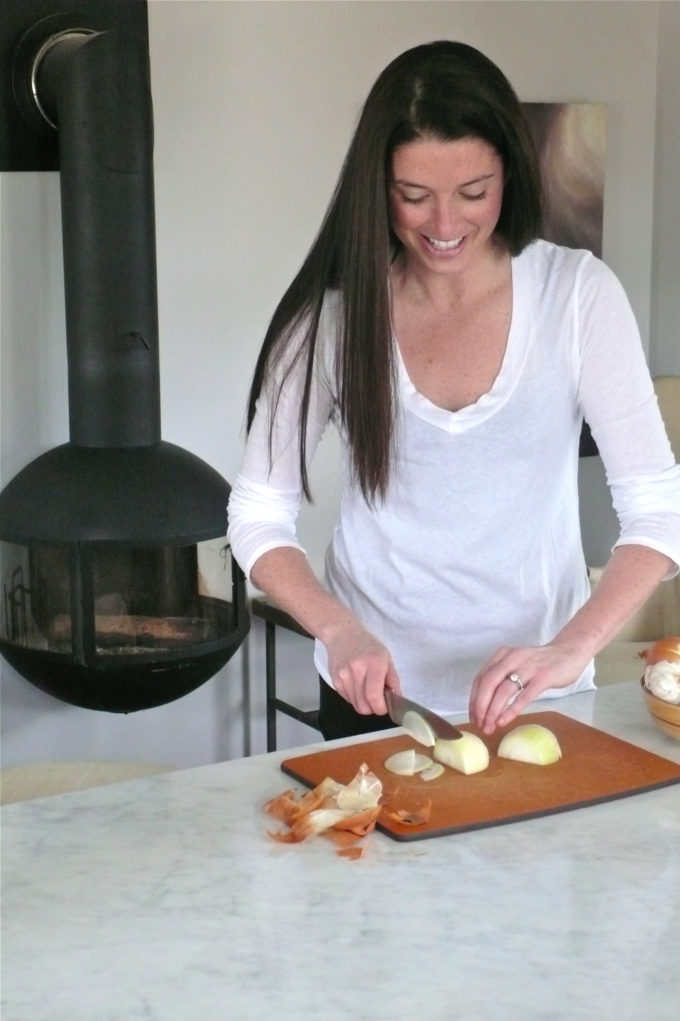
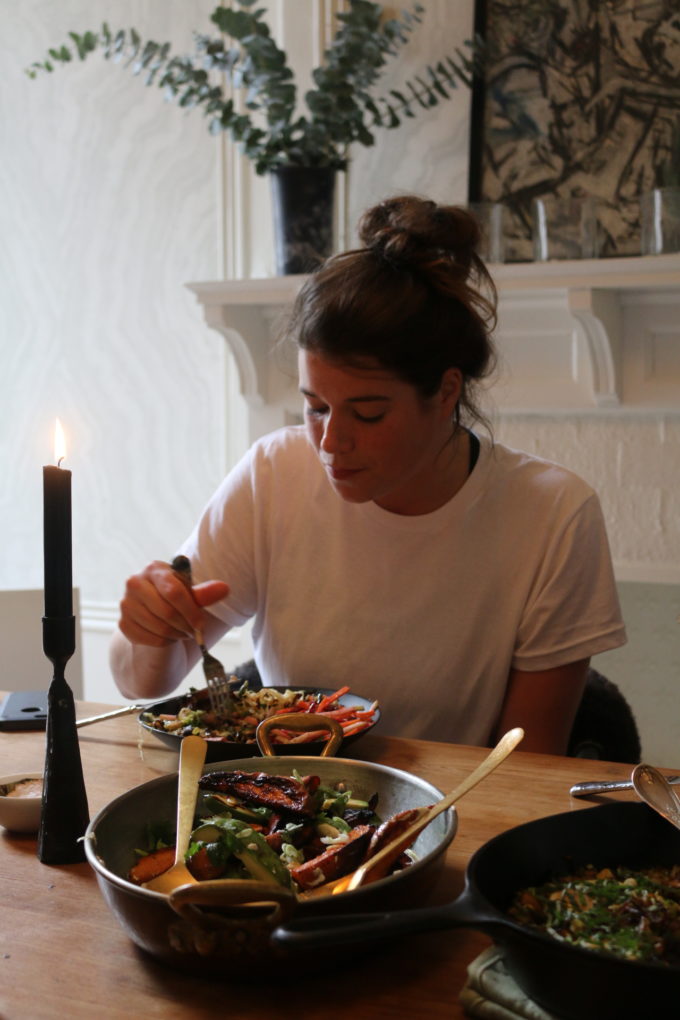
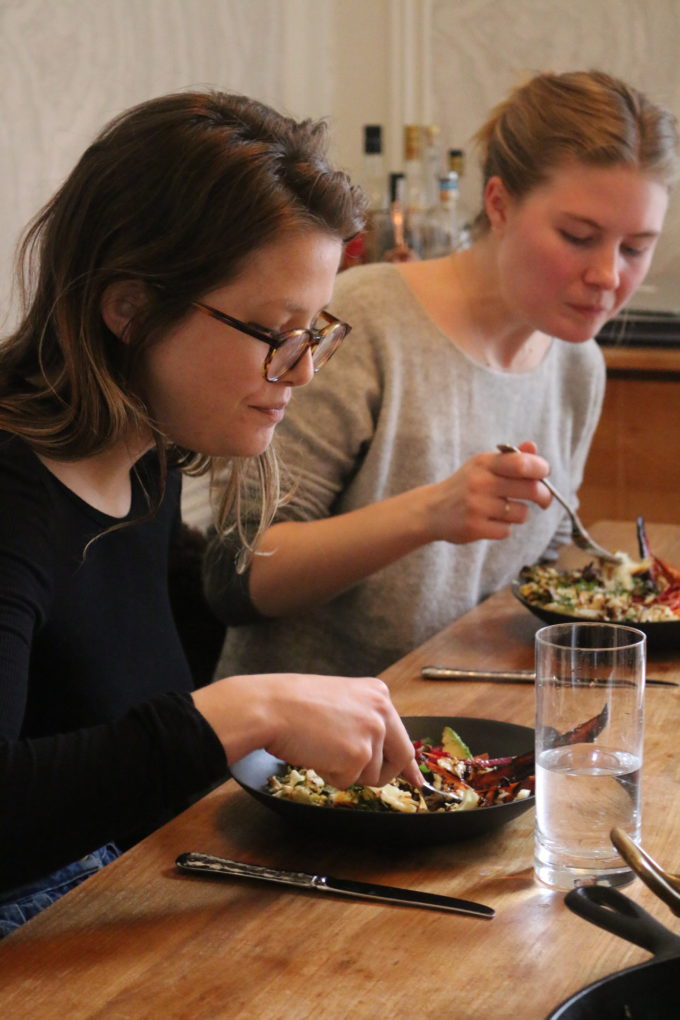
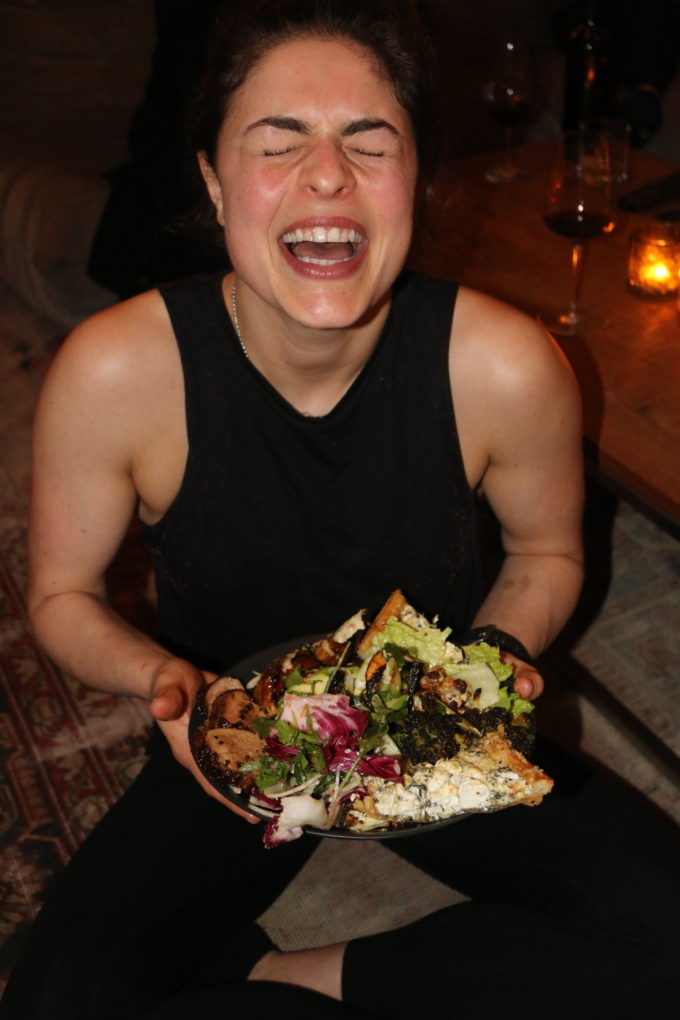
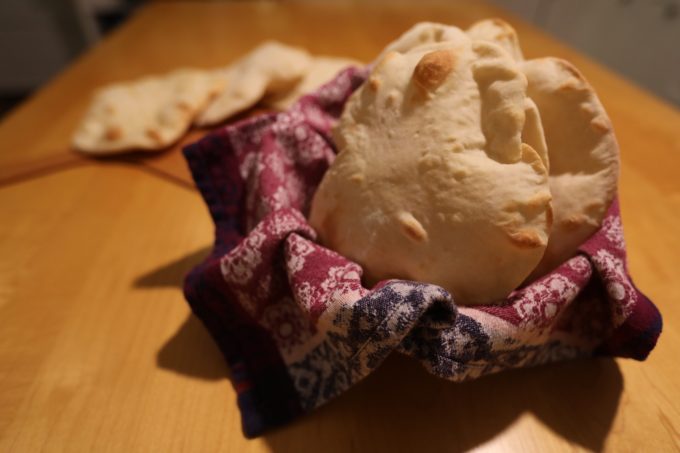
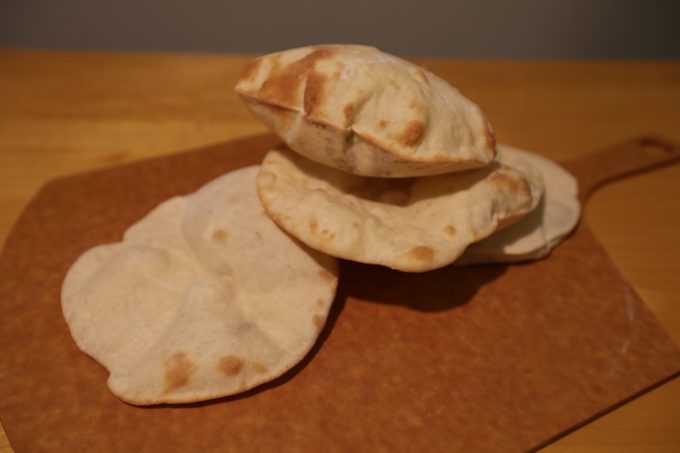
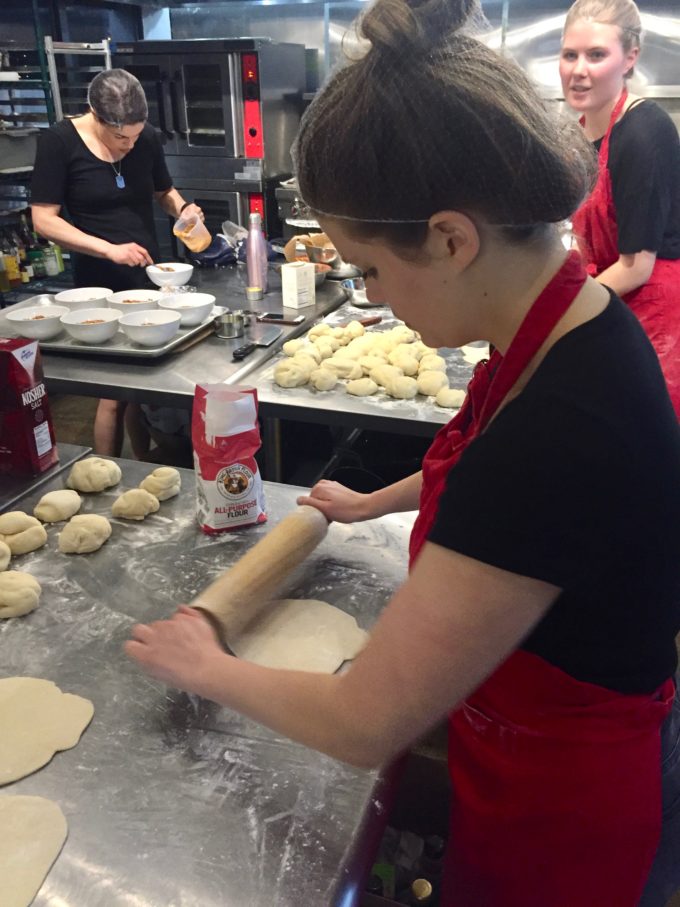
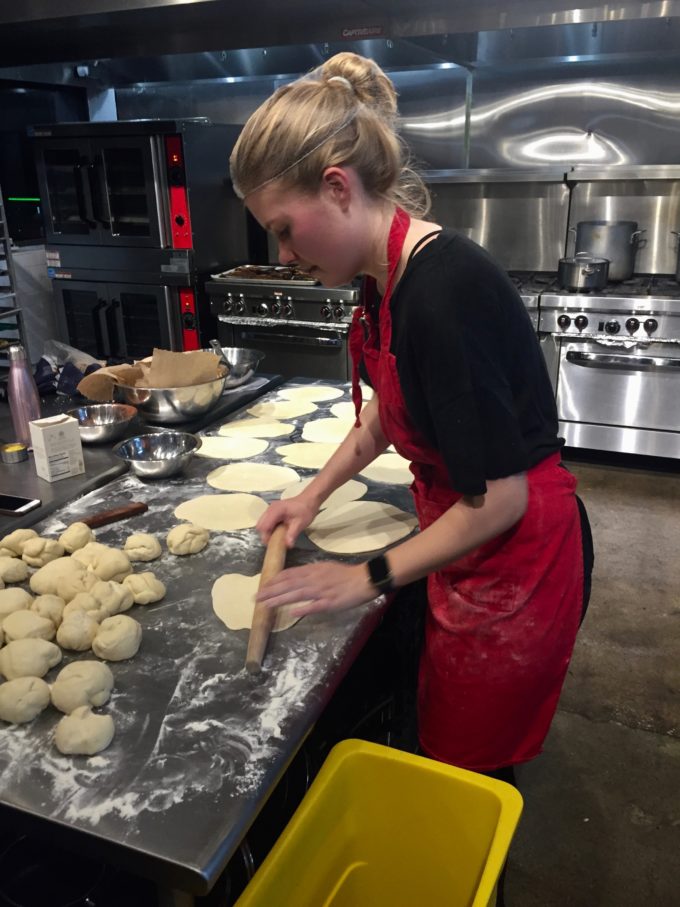
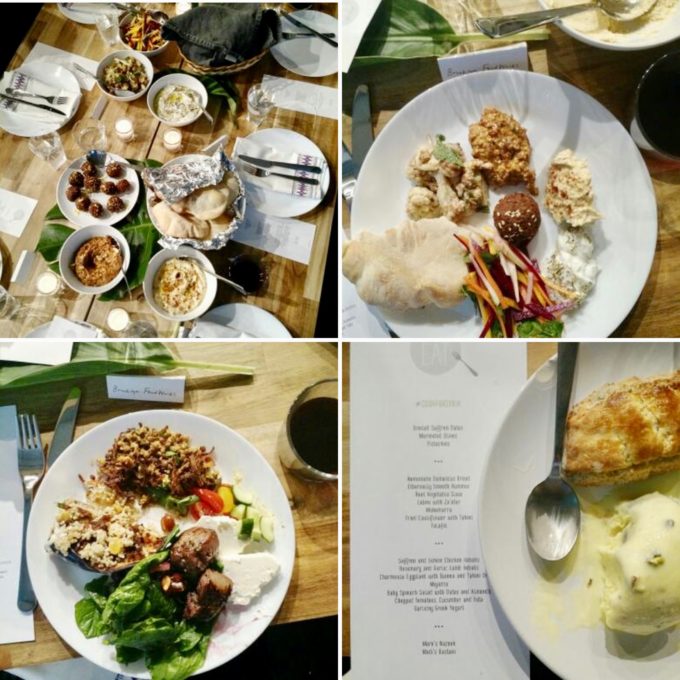
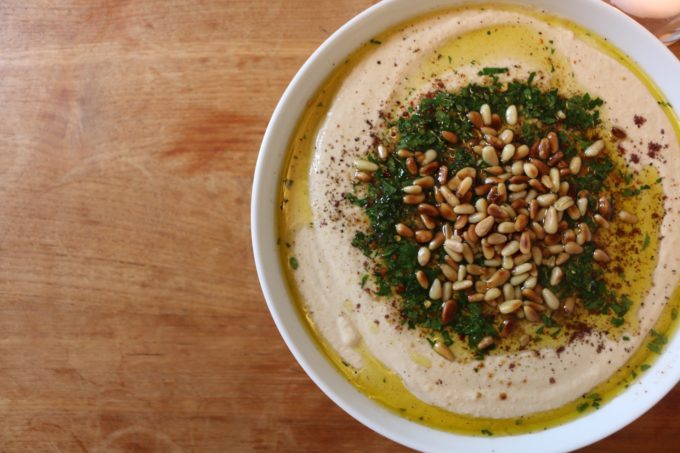
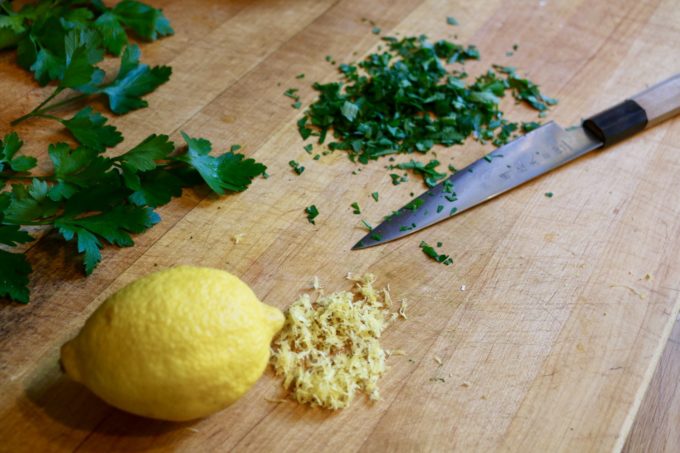
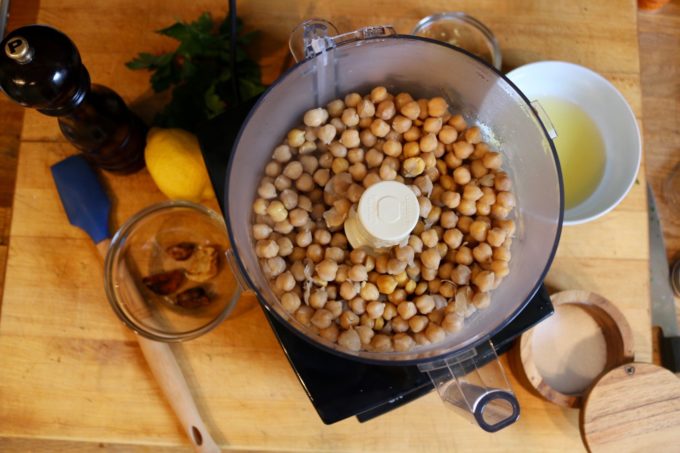
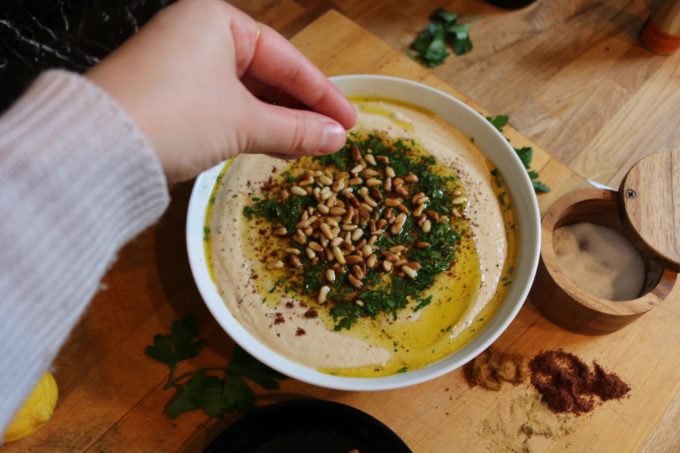
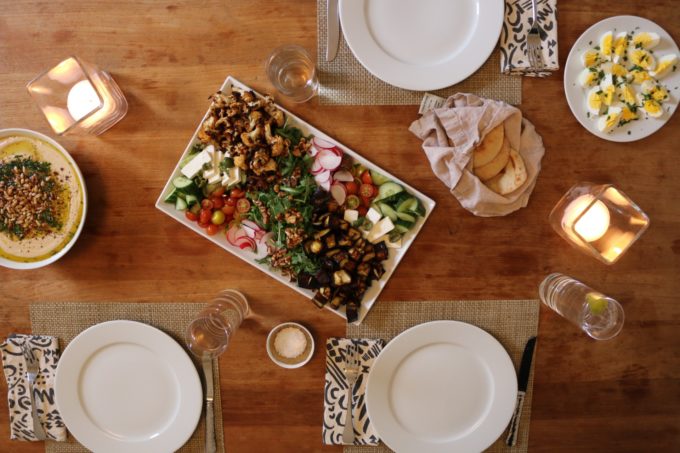

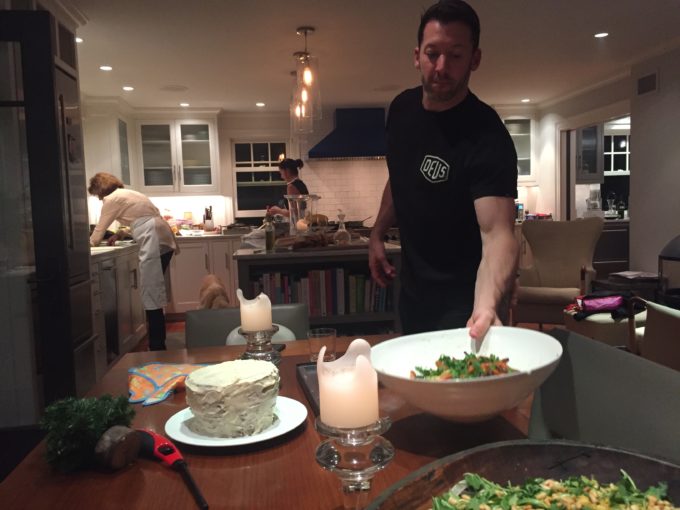 In college, cooking was what set me apart from almost everyone I lived with. I struggled to find the balance between expressing my predisposition toward cooking and going above and beyond for roommates who, for the most part, didn’t understand what was so great about homemade pizza crust. I (literally) fed off the satisfaction of pleasing others with food; no matter who it was or at what cost. I went out of my way to cook these elaborate meals for people that were just as content eating ramen for breakfast. I set ridiculous goals for myself and was always disappointed by the results. Ultimately, I lost touch with what cooking for others in a positive, fulfilling way feels like and knew it shouldn’t feel like I’m doing it to impress someone or make new friends. The food you bring to the table should be personal and it should reflect your taste, not just catered to what you think people will enjoy. With this attitude my menus evolved from simple spaghetti with tomato sauce to discovering my favorite combination of veal, pork and beef meatballs and spaghetti. My standards and tastes developed to appreciate new cuisines and adjust old ones. That being said the soul of my cooking originated from my most memorable family meals and to this day the most influential cookbook on my shelf was bound by my aunt and consists of a curated and expanding history of my family’s favorite, most craved and worshiped recipes. I still consult it’s oil-stained pages for my grandmother’s tried and true oatmeal cookies and my mother’s prized mushroom pate but I must admit that I’m motivated more and more by the excitement of trying new recipes with the tradition of family getting together the defining ingredient.
In college, cooking was what set me apart from almost everyone I lived with. I struggled to find the balance between expressing my predisposition toward cooking and going above and beyond for roommates who, for the most part, didn’t understand what was so great about homemade pizza crust. I (literally) fed off the satisfaction of pleasing others with food; no matter who it was or at what cost. I went out of my way to cook these elaborate meals for people that were just as content eating ramen for breakfast. I set ridiculous goals for myself and was always disappointed by the results. Ultimately, I lost touch with what cooking for others in a positive, fulfilling way feels like and knew it shouldn’t feel like I’m doing it to impress someone or make new friends. The food you bring to the table should be personal and it should reflect your taste, not just catered to what you think people will enjoy. With this attitude my menus evolved from simple spaghetti with tomato sauce to discovering my favorite combination of veal, pork and beef meatballs and spaghetti. My standards and tastes developed to appreciate new cuisines and adjust old ones. That being said the soul of my cooking originated from my most memorable family meals and to this day the most influential cookbook on my shelf was bound by my aunt and consists of a curated and expanding history of my family’s favorite, most craved and worshiped recipes. I still consult it’s oil-stained pages for my grandmother’s tried and true oatmeal cookies and my mother’s prized mushroom pate but I must admit that I’m motivated more and more by the excitement of trying new recipes with the tradition of family getting together the defining ingredient.
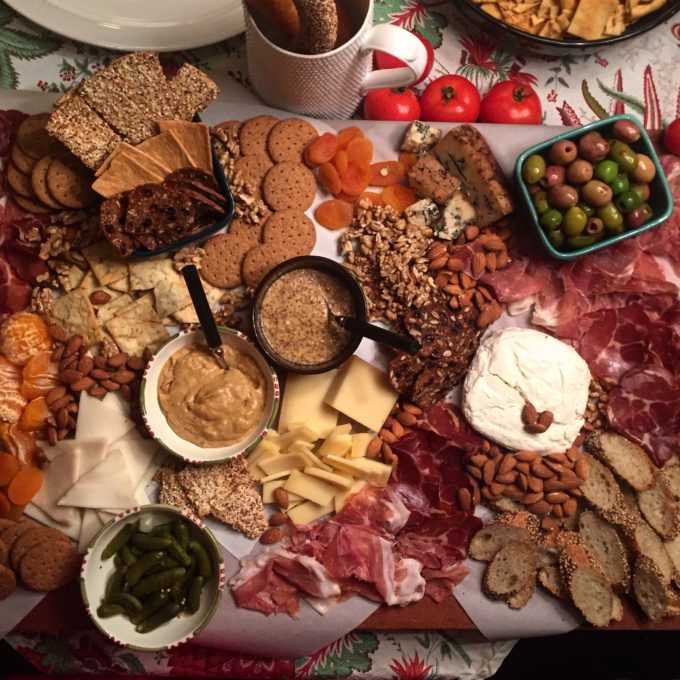 Here are some rough ideas:
Here are some rough ideas: